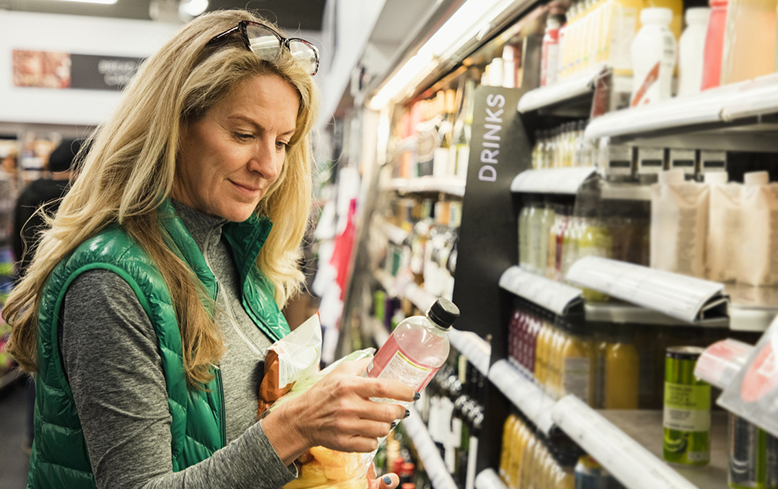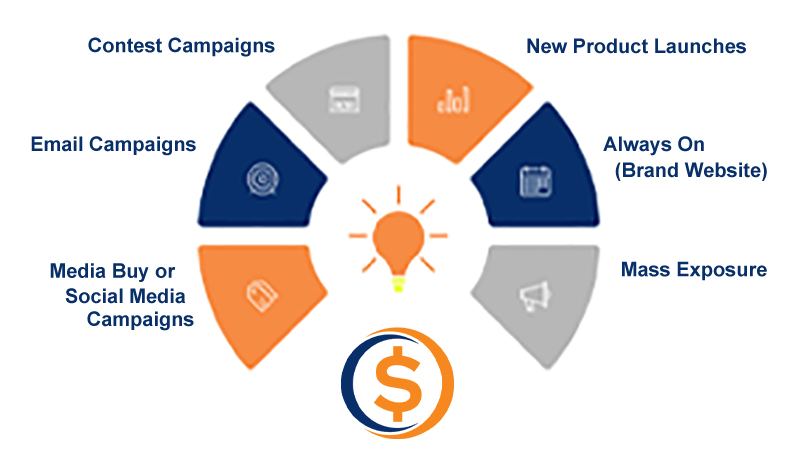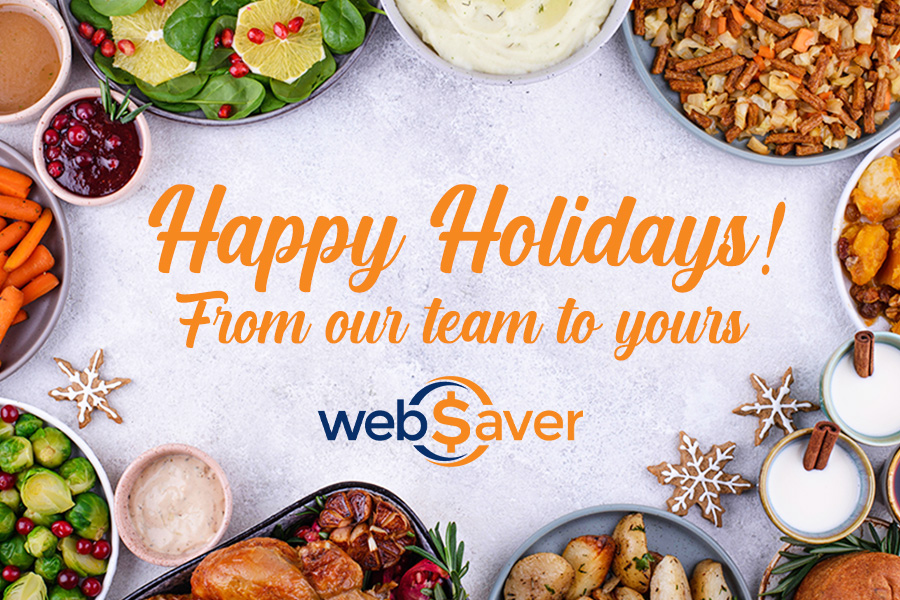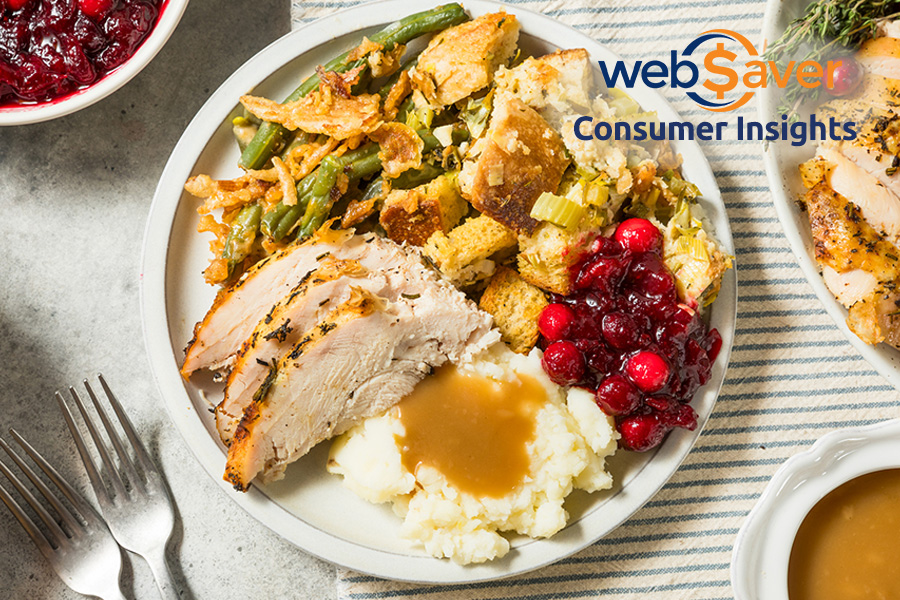by webSaver
July 17, 2023
Share
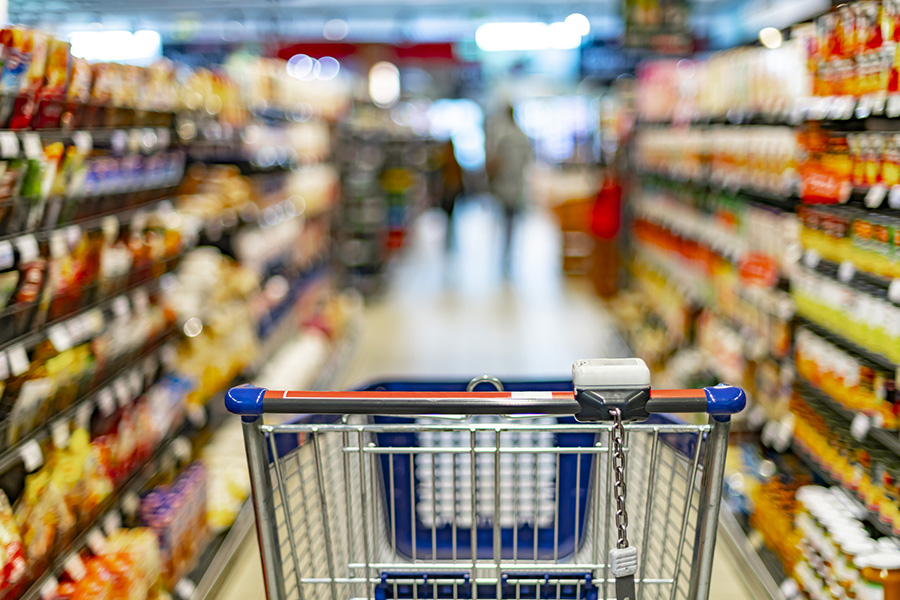
We recently wrote about the Competition Bureau of Canada’s conclusion stated in their Retail Grocery Market Study that the Canadian retail grocery sector is highly concentrated and that it needs more competition.
Get the GROCERY MARKET STUDY REPORT NOW.
This is a serious issue for CPG brands operating in the Canadian grocery food industry and trying to reach the end consumer since we know that power imbalances in most industries typically tend to be taken advantage of by the stronger participant to enhance profitability generally at the expense of the less powerful participants or even the final consumer.
Many claims have been made and there is a prevalent belief to that effect with regards to the major Canadian grocery chains gouging consumers with high prices over and above those created by the high inflation rate. The industry has been highly vocal in denying these claims including at a parliamentary committee.
Operating in the highly concentrated market environment of the Canadian retail grocery industry can have both positive and negative impacts on consumer packaged goods (CPG) companies.
It’s important to note that the specific strategies pursued by CPG brands will vary depending on their size, resources, and market positioning. For example, for major global brands with significant scale and brand power a concentrated market can simplify their business by allowing them to obtain full market coverage by dealing with only a few major grocery retailers.
On the other hand, for smaller, newer, regional brands this concentrated market dynamic can present a serious challenge in obtaining market distribution and reaching consumers. Smaller brands with less market power will have the greatest difficulties in this environment and will need to get creative in order to grow their business and reach consumers.
Some of the challenges CPG Brands should expect in a highly concentrated market:
- Limited negotiating power:
CPG brands may face challenges when negotiating with dominant retailers who have significant market share.
The retailers may exert strong bargaining power, potentially leading to lower profit margins for CPG companies. - Reduced innovation:
In a concentrated market, retailers may prioritize established brands and products, making it harder for smaller or newer CPG brands to introduce innovative offerings or gain shelf space. - Higher barriers to entry:
Concentration in the market can create higher barriers for new entrants, making it challenging for smaller CPG brands to compete with larger players who have established relationships and distribution networks. - Downward Price pressures:
Dominant retailers may exert downward pressure on prices, impacting the margins and profitability of CPG brands and potentially limiting investment in research and development or marketing.
The April 2022 price and business practices dispute between Frito-Lay and Loblaws was a perfect illustration of all of the above. The two mega corporations saw things very differently as Frito Lay essentially halted product shipments to Loblaws because of Loblaw’s refusal to allow for the increased prices that PepsiCo required due to the elevated costs they had incurred from the pandemic, supply chain issues and other factors.
Of course not all brands have the financial, marketing and brand muscle of a PepsiCo and when faced with mandates from the major grocery retailers they essentially have to comply.
In light of these challenges what are some of the strategies grocery food brands can deploy to compete in a highly concentrated market?
In a nutshell CPG Brands need to get closer to their customers. This means they need to get to know them better and if possible enter into a direct relationship with them by communicating through email, newsletters, and social media. They need to interact with them on a continuous basis and provide them with content that is valuable, such as useful recipes, personalized coupons and cashback offers.
If possible they should launch a loyalty program to tie everything together. This can be done easily and at low cost with the use of cashback offers technology, whereby the consumer creates an account and as they submit cashback offer proofs they earn points that they can eventually redeem for brand products or other fun rewards.
Brands should also provide consumers with opportunities to have fun such as by conducting online sweepstakes, contests and other promotions.
webSaver can help your CPG Brand deploy a complete strategy encompassing all of these initiatives in a manner similar to what we have done for PepsiCo Tastyrewards.
Contact us to find out more.
No, engaged loyal customers do not change the market structure but they do put a brand in the best possible position to compete.
Other helpful initiatives CPG Brands can undertake include:
- Direct-to-consumer (D2C) channels:
CPG brands can establish or strengthen their direct-to-consumer channels to bypass traditional retail intermediaries. This allows them to have more control over pricing, branding, and customer relationships. - Innovation and differentiation:
CPG brands can focus on developing innovative products or unique value propositions to differentiate themselves from competitors. This could involve creating new product lines, enhancing existing offerings, or targeting niche market segments. - Market diversification:
CPG brands can explore expanding into other markets, such as international markets or other retail sectors beyond grocery stores, to reduce their reliance on a single concentrated market. - Strategic partnerships:
Collaborating with other CPG companies or forming partnerships with retailers or e-commerce platforms can provide increased leverage and market access, allowing for more competitive positioning.
It is important to note that any initiatives that Consumer Packaged Goods brands undertake to address a concentrated market environment should align with relevant legal and regulatory frameworks governing competition in the industry.
The best way to compete and succeed in today’s competitive grocery retail environment is to create and maintain a large cohort of highly engaged, satisfied and loyal customers that are committed to the Brand and everything that it represents, including the way that the Brand communicates with and interacts wit its customers.
Work with the experts at webSaver and let us help you get closer to your customers through the use of personalized coupons, cashback offers, loyalty programs and other initiatives that are proven to deliver results for Brands.
Contact us now to get started.
With over 10 years leading the Canadian online coupons marketplace and 150 Million coupon issued we know coupons. We’ve worked with 90% of Canada’s leading consumer packaged goods brands providing them with the online coupons and cashback offer solutions that generate real value for their business. Whether your strategic objective is customer acquisition, customer lift (Increased transaction size and frequency) or customer retention webSaver can help.

